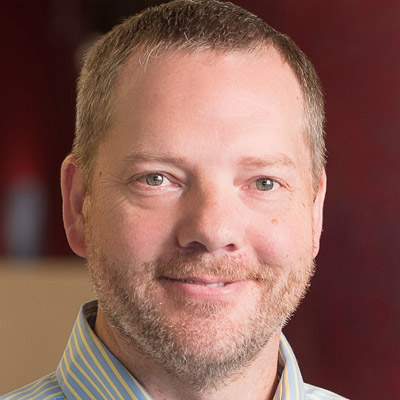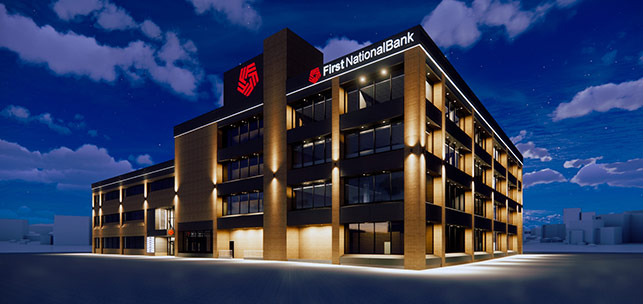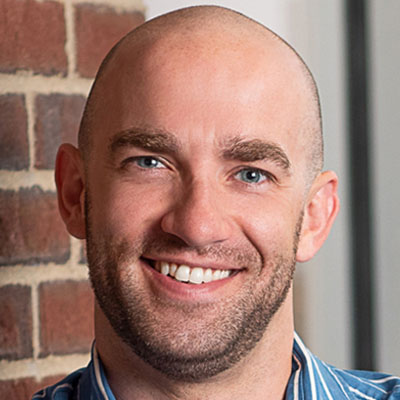To help clients envision how all the interrelated pieces will come together, TSP has moved away from wearables—like VR headsets—and into augmented reality or programs such as Enscape that enable true, immersive design. “We can pull up a model and bring them into it from so much more just a rendering perspective,” design technology director Jason Nelson said. “We can see through walls, run collision tests, and show where the structural, electrical, pipes, and ductwork will go. It transports that owner to a world they can’t see from the floor plans alone. Any client we’ve worked with this way really lights up when they see it.”
TSP brought several of these tools to its latest collaboration with The First National Bank in Sioux Falls. Concept work to update the main downtown branch’s exterior took on new life when customer experience manager Kae Klinkenborg and her team could see the possibilities. The project developed into a multiphase remodel of atrium and other spaces.
“As the project progressed, we had an idea to open up our second-story vault, and TSP was able to use their tool to show us what it would look like from the exterior and interior with adding windows in that area,” Klinkenborg said. “This gave the bank’s design team the ability to see the impact those changes would have to the building.
“They were also able to provide night versions of the rendering, so we could see what lighting we would like to showcase to complement the revitalization of downtown,” she said. “It really allowed us to have a full picture of the design from all sides of the building.”
Another quickly advancing technology, 360-degree photography, also is expanding opportunities for design. With increasingly high-definition images, these cameras allow one person to visit a site and capture even small details within a room.
Click to move around inside a 360-degree photo of TSP’s local Sioux Falls office, or choose a virtual visit to the firm’s Omaha office.
Architectural graduate Bret Holt said that’s especially useful for building assessments and construction-observation visits. It’s perfect for “exploding” the view in tight spots, like the mechanical rooms or headspaces where TSP’s multidisciplinary teams must nestle data cabling, electrical supply, and HVAC-system components.
“Theoretically,” he said, “we could send it to a client and ask them to set it up in each room we need to see. We could get the existing conditions at a healthcare facility or a school, where they’re really limiting outside traffic, and keep moving forward with a project.”




